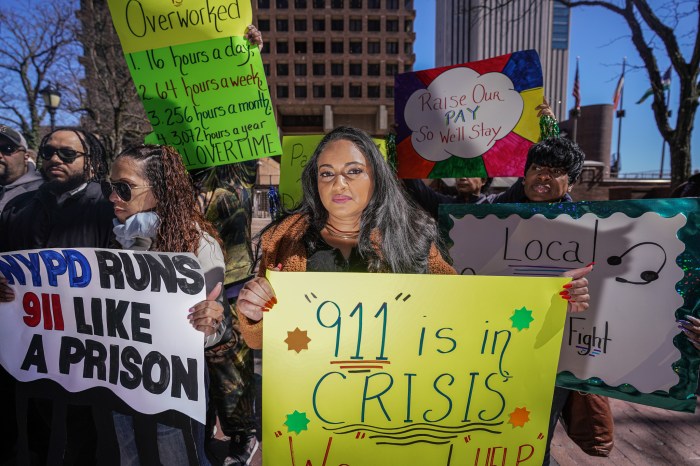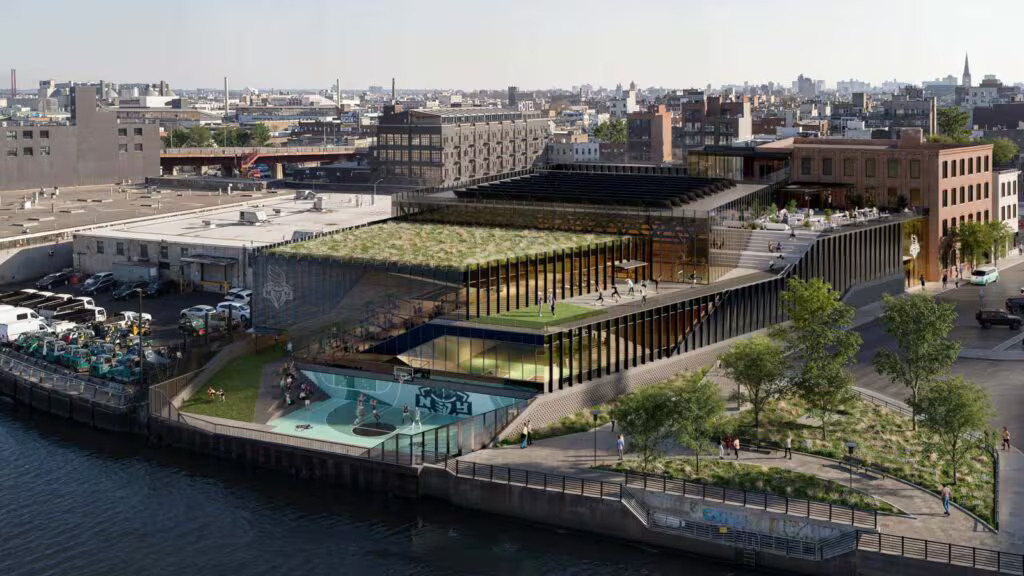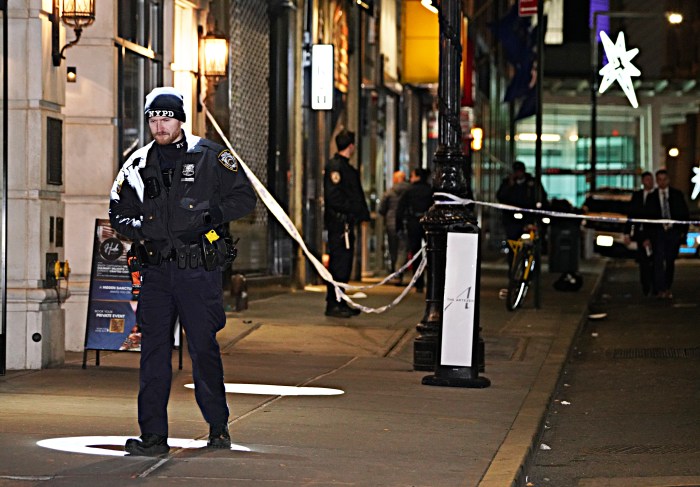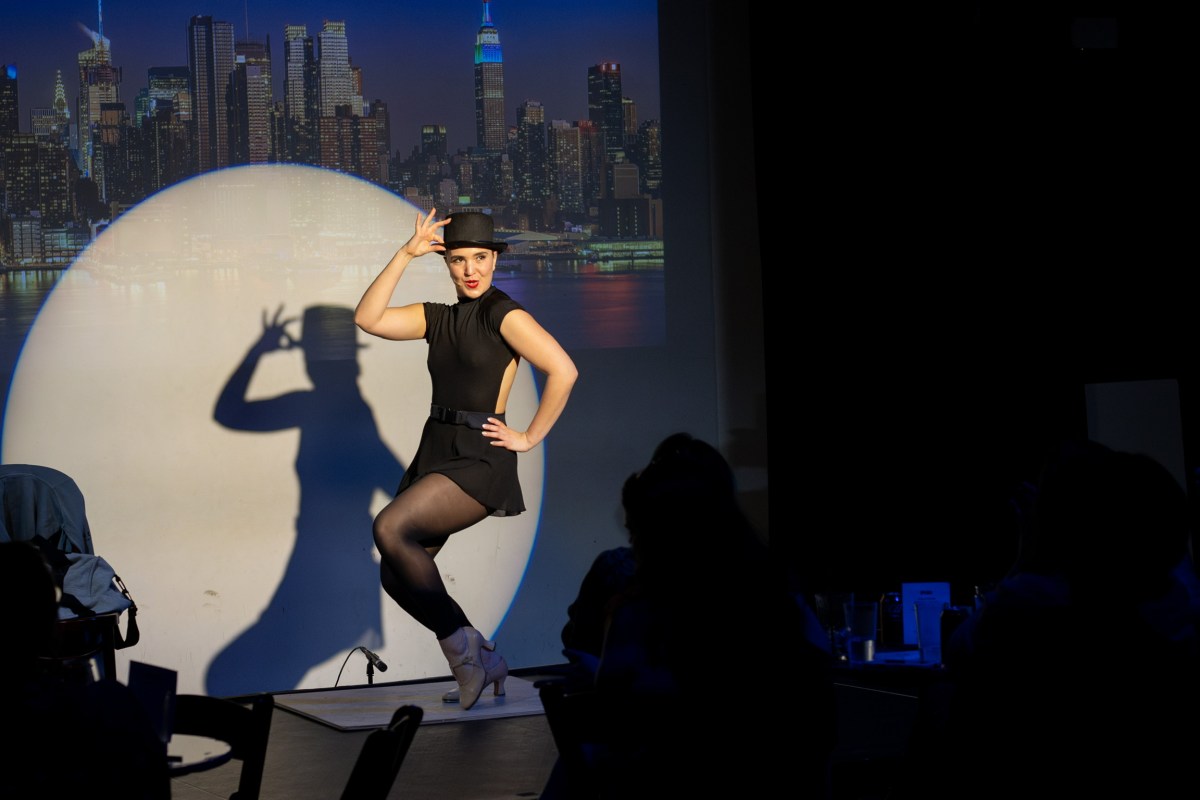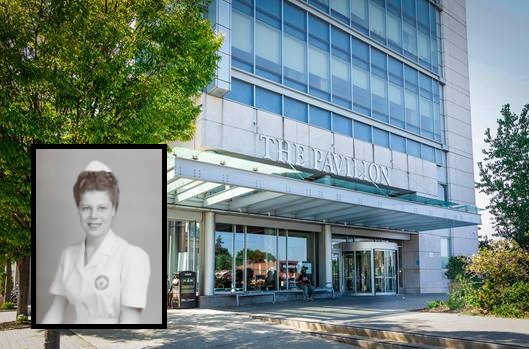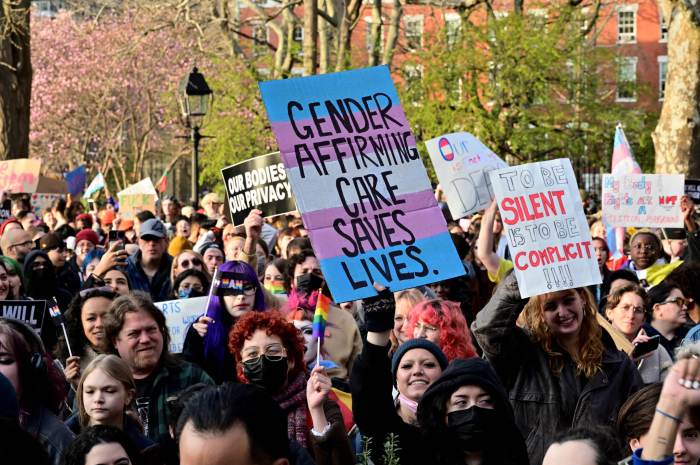
This is part of our NYCurious series, where we answer your burning questions about the city. Ask yours here.
The names of New York City’s five boroughs reveal the history of who had early control of the land, from the Native Americans to the Dutch to the English.
Much of what is now New York City was part of New Netherland in the early 17th century, but when the English took control in 1664, they Anglicized the Dutch nomenclature and established new counties.
Here’s a look at where the current borough and county names came from.
Bronx
The area now known as the Bronx was settled by Jonas Bronck, a Swedish sea captain, in 1639. He built a farm on the land believed to now be Mott Haven and lived there with his wife and their servants until he died in 1643, according to a book written by the staff of the New-York Historical Society Library called “When Did the Statue of Liberty Turn Green, and 101 Other Questions about New York City?”
A river that ran next to Bronck’s farm was called Bronck’s River, which was later Anglicized as the Bronx River.
But the area didn’t become known as the Bronx for more than two centuries. In 1874, New York City annexed the towns west of the Bronx River, which at the time were part of Westchester County, according to the Bronx Historical Society. The towns east of the river were annexed by the city in 1895.
When it became a borough in 1898, it was named the Bronx after the river. At that point, it was part of New York County with Manhattan, but the state established Bronx County in 1912, the Bronx Historical Society said.
Brooklyn
When the Dutch settled what is now Brooklyn in the 1630s, they built multiple towns, one of which was named Breuckelen after a small village in the Netherlands, according to “When Did the Statue of Liberty Turn Green, and 101 Other Questions about New York City?”
The English took control of the towns in 1664 after the ceding of New Netherland and named it Kings County, after King Charles II, in 1683, when the 10 original counties were established. Breuckelen became Brooklyn, and the town, which was located where Brooklyn Heights and Downtown Brooklyn are today, grew to become a city in 1834, according to the Encyclopedia of New York City.
The city continued to expand to include other Kings County towns, and by 1896, Brooklyn included all the towns of Kings County. In 1898, when New York City consolidated, the city of Brooklyn became the borough of Brooklyn.

Manhattan
In 1609, an English author, Robert Juet, who was traveling with explorer Henry Hudson, referred to the island as Manna-hata, which is believed to have been derived from words from the Munsees, the American Indians who lived on the island, like mentay (island), manaactanienk (place of inebriation) and manahatouh (place where timber is collected for bows and arrows), the authors of “When Did the Statue of Liberty Turn Green, and 101 Other Questions about New York City?” wrote.
Variations of Manna-hata appeared on several maps from the 1600s, including Manhattas and Eyland Manatus. The modern Manhattan is derived from these early names.
Dutch settlers named the lower part of the island New Amsterdam in 1624. When the English seized the land in 1664, they renamed it New York in honor of the Duke of York. An English map made after 1664 calls the island “The Towne of New-York” on the “Island of Manhades,” according to “When Did the Statue of Liberty Turn Green, and 101 Other Questions about New York City?”
For a brief period in the 1670s, the Dutch reclaimed the island, calling it New Orange for Prince of Orange, but when the English took back control in 1674, it was called New York again, according to “The Handy New York City Answer Book.”
The island of Manhattan was designated as New York County in 1683, and it was officially established as New York City in 1686 by Thomas Dongan, governor of the New York province, the “The Handy New York City Answer Book” says.
Queens
The area west of Long Island was settled by both the Dutch and the English in the 1630s and 40s, and when New Netherland was ceded to the English in 1664, the English outnumbered the Dutch in what is now Queens, according to “When Did the Statue of Liberty Turn Green, and 101 Other Questions about New York City?” The region was designated as Queens County by the English in 1683 for Queen Catherine of Braganza, the wife of King Charles II.
The same name was used when it became a borough in the consolidation of New York City in 1898.
Staten Island
Hudson named the island Staten Eylandt in the early 1600s after the governing body of the Netherlands, the States-General, the authors of “When Did the Statue of Liberty Turn Green, and 101 Other Questions about New York City?” wrote. Though Hudson was English, he was exploring for the Dutch West India Company.
Under English control after 1664, the island became Richmond County after Charles Lennox Duke of Richmond, who was an illegitimate son of King Charles II. When it was designated as a borough in 1898, the official name was Borough of Richmond, but it was changed in 1975 when the City Council approved Staten Island as the official name.
Read more: Thanksgiving dinners for pick-up and delivery in NYC



